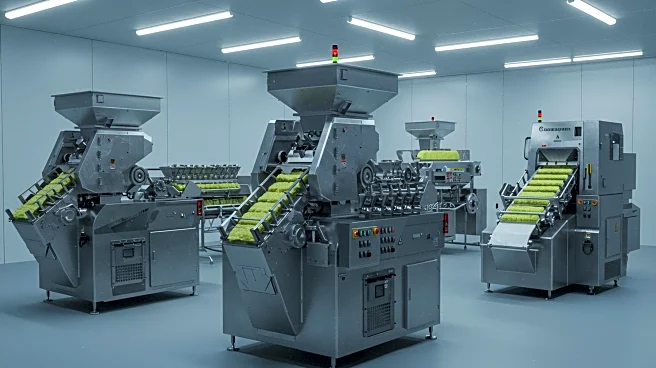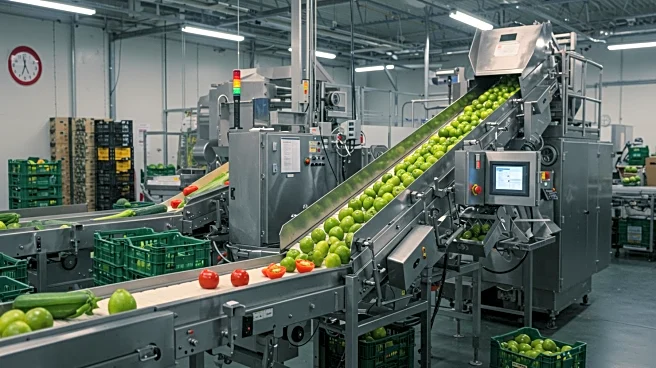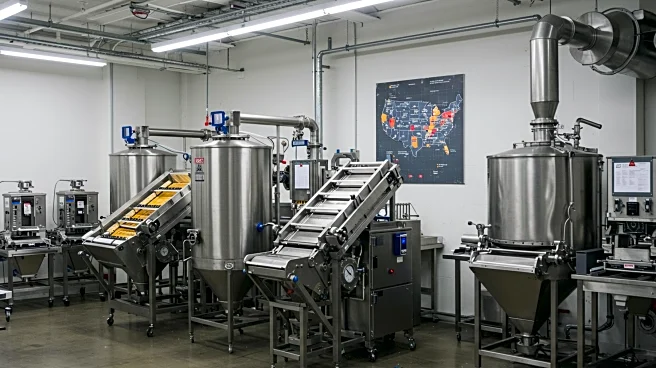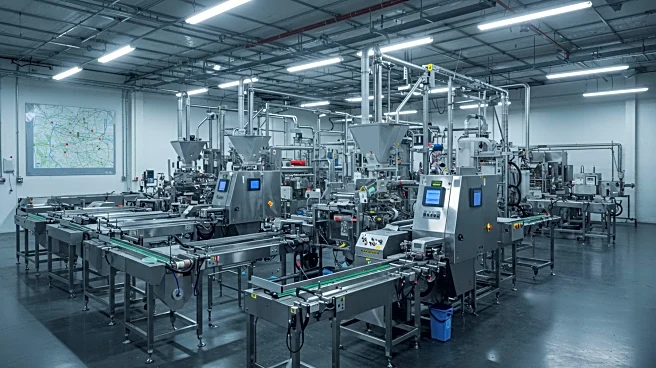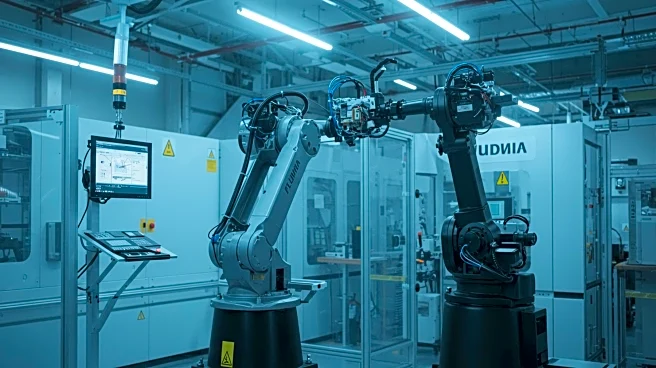What is the story about?
What's Happening?
The food manufacturing industry in the United States is navigating a complex landscape marked by tariff uncertainties, regulatory changes, and immigration policy crackdowns. These factors are influencing the industry's expansion strategies, particularly in the pet food sector. In 2024, the industry saw a slight decline in operational expansions, with 44 new projects reported. A significant trend is the localization of production within the U.S., driven by uncertain trade relations. Global Location Strategies has released its 2025 'Best Places for Food Manufacturing Insights Report,' which evaluates 387 metropolitan areas based on location quality and operating costs. The report highlights the East North Central and South Atlantic regions as leading areas for food manufacturing investments. The animal food industry, in particular, has shown a strong recovery, with a 17% increase from pre-pandemic levels, attributed to rising demand for premium pet food.
Why It's Important?
The strategic decisions made by food manufacturers regarding location have significant implications for the U.S. economy and job market. The industry's investment of approximately $15.3 billion from 2023 to 2024 has generated 23,000 new jobs, underscoring its economic impact. The focus on localizing production within the U.S. not only mitigates risks associated with international trade but also strengthens domestic supply chains. Regions like the East North Central and South Atlantic are poised to benefit from increased investments, potentially boosting local economies and employment rates. The animal food industry's growth reflects broader consumer trends towards premium products, which could drive further innovation and competition within the sector.
What's Next?
As the food manufacturing industry continues to adapt to economic challenges, companies are likely to prioritize strategic investments in regions identified as optimal by the Global Location Strategies report. This could lead to increased competition among states and metropolitan areas to attract these investments. Additionally, the industry's focus on premium pet food may spur further advancements in product development and marketing strategies. Stakeholders, including local governments and economic development agencies, may intensify efforts to create favorable conditions for food manufacturers, such as offering tax incentives and improving infrastructure.
Beyond the Headlines
The localization trend in food manufacturing raises questions about the long-term sustainability of supply chains and the potential environmental impact of increased domestic production. Companies may need to balance economic benefits with environmental considerations, such as resource use and emissions. Furthermore, the industry's reliance on premium products could exacerbate socioeconomic disparities, as higher-priced goods may not be accessible to all consumers. These factors highlight the need for a holistic approach to industry growth that considers economic, environmental, and social dimensions.
AI Generated Content
Do you find this article useful?
